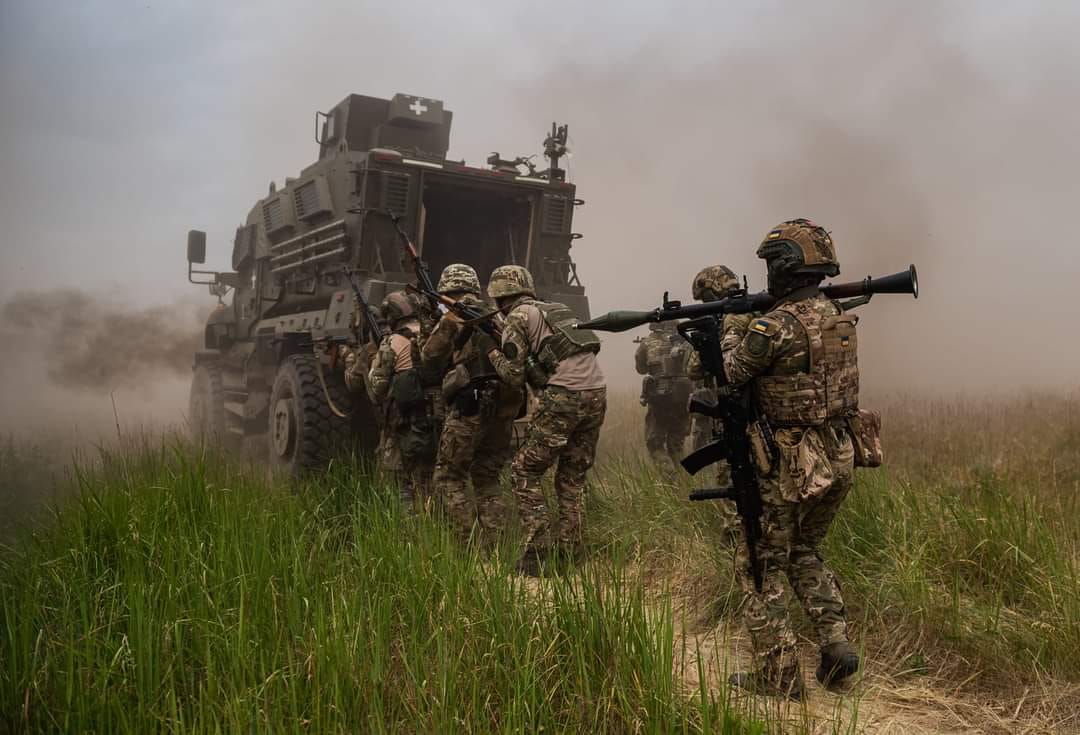"We continue to target and destroy their depots and supply lines, preventing them from replenishing their depleted resources. The ammunition depots they had set up on the left bank of the Dnpro have already been neutralized. Their efforts to reinforce them are becoming increasingly challenging," stated Natalia Humeniuk during a televised marathon.The disruption in the occupiers' logistics can be attributed to the damage inflicted on the Chongar Bridge, forcing Russia to resort to bypass routes for transporting military cargo.
Russia claims it destroyed 9 drones over 2 regions, Black Sea overnight
As a result of the attack on the Black Sea, a Russian amphibious assault ship allegedly sank, Ukrainian media reported, citing its sources from Ukrainian Intelligence.




